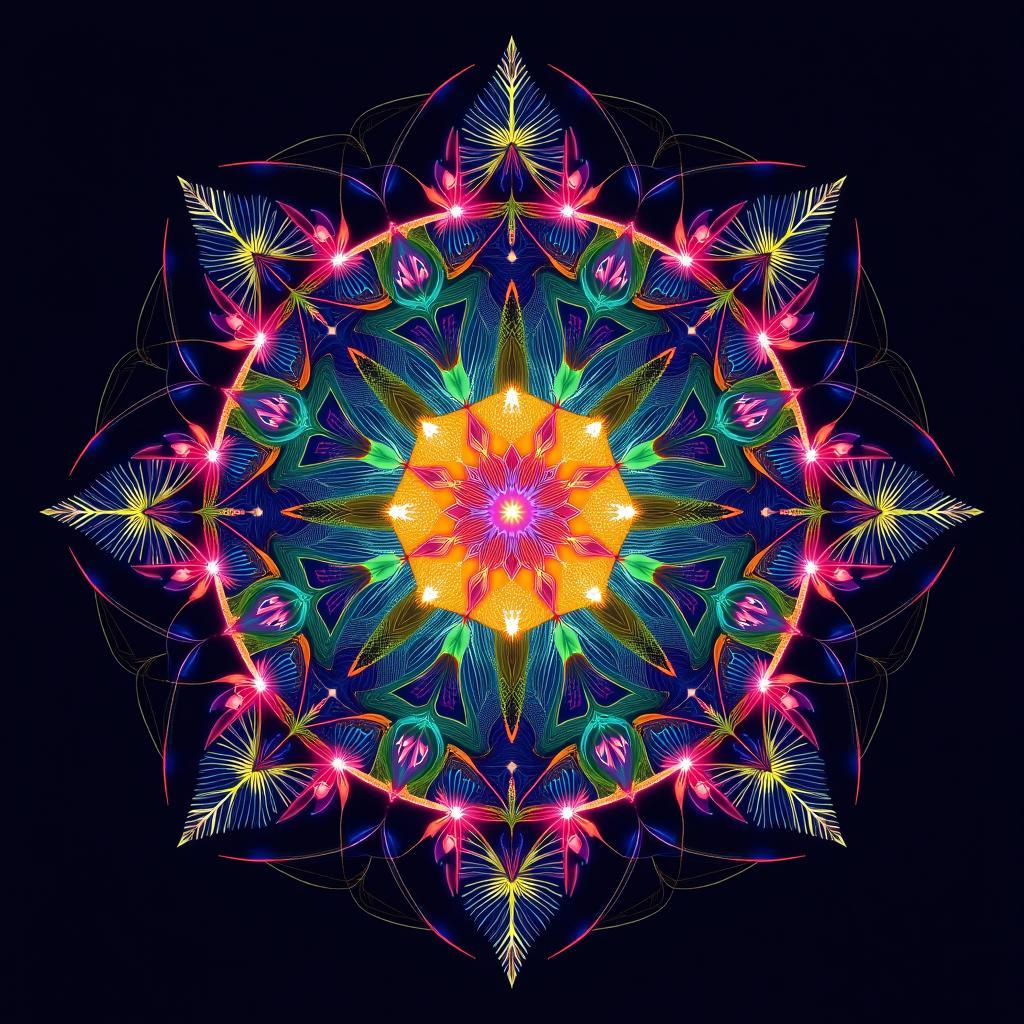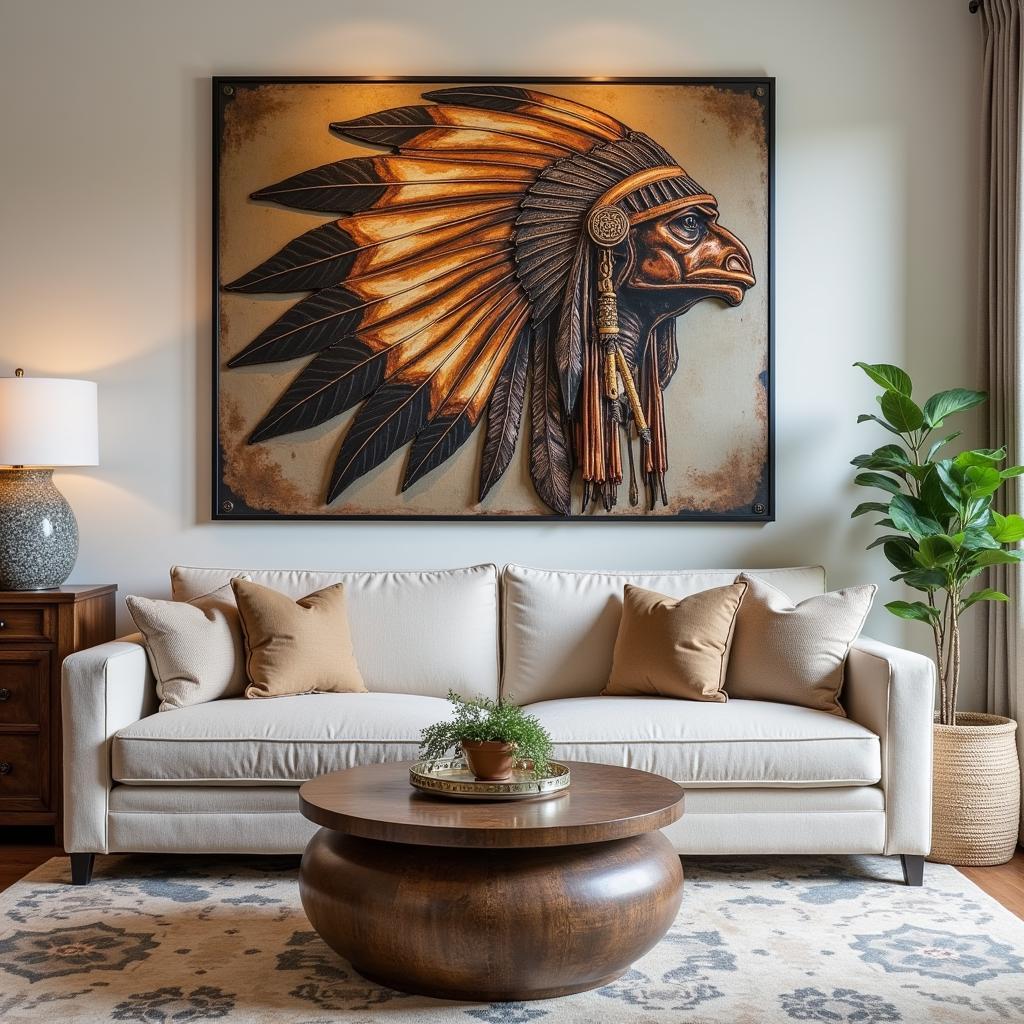Discovering the Art of Folk Art Rugs
Folk Art Rugs, with their vibrant colors, intricate patterns, and rich history, offer a fascinating glimpse into the cultural heritage and artistic traditions of communities around the world. These handwoven masterpieces are much more than just floor coverings; they are tangible expressions of creativity, storytelling, and craftsmanship passed down through generations.
Unraveling the History and Significance of Folk Art Rugs
Folk art rugs, often woven on traditional looms, have been an integral part of human civilization for centuries. From the nomadic tribes of Central Asia to the indigenous communities of the Americas, these rugs have served a multitude of purposes, from providing warmth and insulation to marking social status and commemorating important events. The designs woven into these rugs often reflect the local flora, fauna, myths, and beliefs, serving as visual narratives that preserve and transmit cultural identity.
For instance, the blk art zaria ware exemplifies the exquisite craftsmanship and artistic sensibility of a specific cultural group. Similarly, folk art rugs from different regions often feature distinct weaving techniques, materials, and motifs, offering a fascinating study in textile art and cultural diversity.
Exploring Different Styles of Folk Art Rugs
The world of folk art rugs is incredibly diverse, with each region boasting its unique styles and traditions. Let’s delve into some prominent examples:
- Oriental Rugs: Originating from the Middle East and Central Asia, these rugs are renowned for their intricate designs, rich colors, and use of luxurious materials like silk and wool. Persian rugs, with their elaborate floral patterns and medallion designs, are perhaps the most famous examples.
- Navajo Rugs: Woven by the Navajo people of the Southwestern United States, these rugs are characterized by bold geometric patterns, symbolic imagery, and the use of hand-spun wool.
- Kilim Rugs: These flatwoven rugs, originating from various regions like Turkey, Iran, and Central Asia, feature striking geometric designs and vibrant colors. Kilims are known for their reversible nature and are often used as wall hangings or prayer rugs.
These are just a few examples of the vast array of folk art rug styles found across the globe.
Incorporating Folk Art Rugs into Modern Interiors
While rooted in tradition, folk art rugs seamlessly blend into contemporary interiors, adding a touch of warmth, character, and global charm.
Here are some tips for incorporating folk art rugs into your home:
- Choose a rug that complements your existing color palette and design aesthetic. A vibrant kilim rug can add a pop of color to a minimalist living room, while a subdued Oriental rug can enhance the elegance of a traditional setting.
- Consider the size and placement of the rug. A large rug can define a seating area, while a smaller rug can highlight a specific piece of furniture.
- Don’t be afraid to mix and match different styles. Combining a folk art rug with modern furniture can create an eclectic and visually appealing look.
By embracing the beauty and artistry of folk art rugs, you can infuse your home with a touch of history, culture, and timeless elegance. For those seeking a connection to artistry rooted in cultural narratives, exploring the world of canvas mexican art can be equally enriching. Both art forms offer unique perspectives on storytelling and cultural expression.
Conclusion
Folk art rugs are much more than just decorative floor coverings; they are woven narratives that embody the history, traditions, and artistic ingenuity of diverse cultures. By appreciating the craftsmanship and stories behind these unique pieces, we can gain a deeper understanding of the world’s rich tapestry of human creativity. Whether you’re drawn to the bold geometry of Navajo rugs or the intricate floral patterns of Persian carpets, incorporating a folk art rug into your home is a beautiful way to celebrate cultural heritage while adding a touch of timeless elegance to your living space. And if you’re captivated by the artistic spirit of specific regions, exploring the diverse expressions within west texas art can be an enriching journey.


